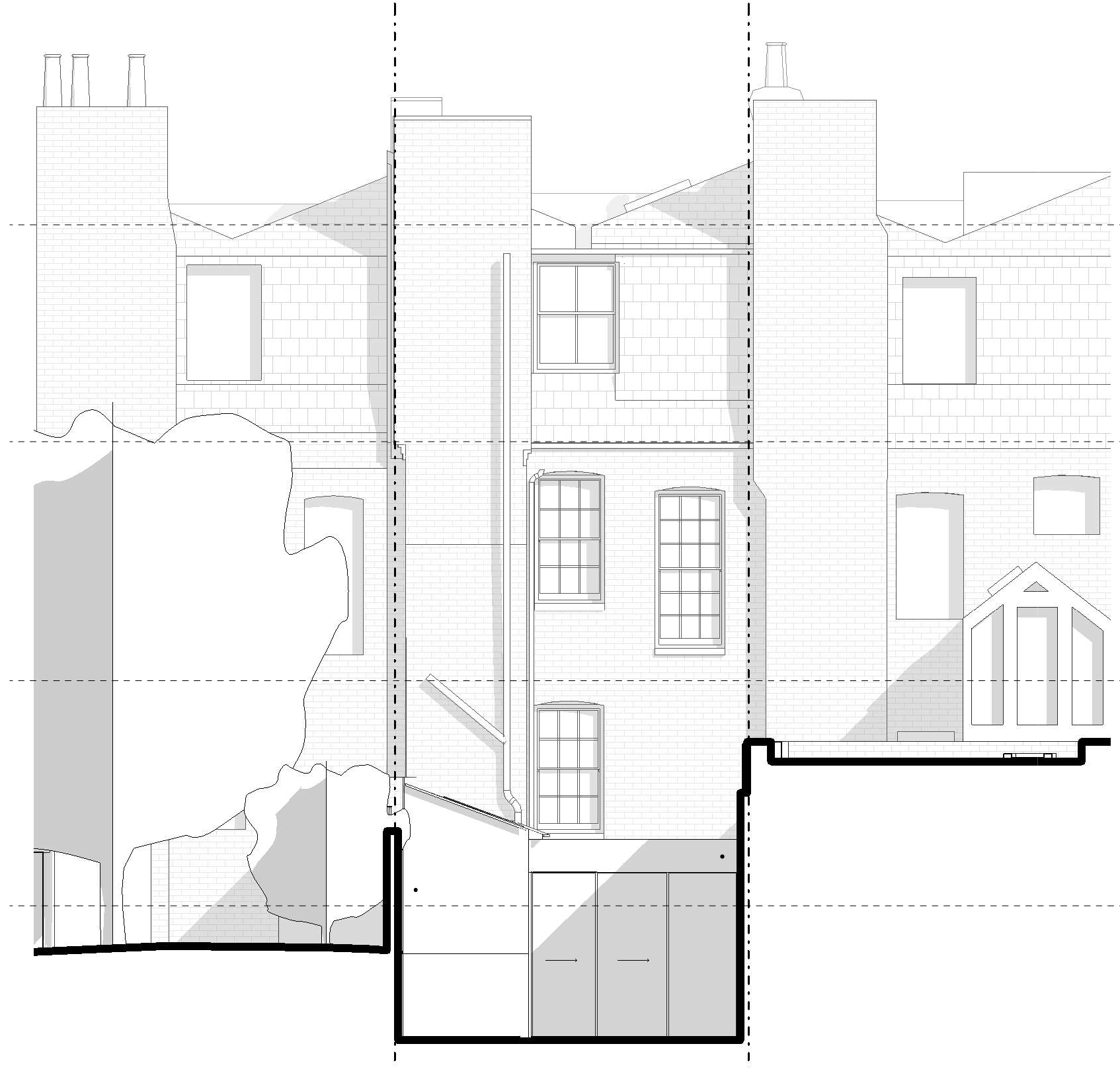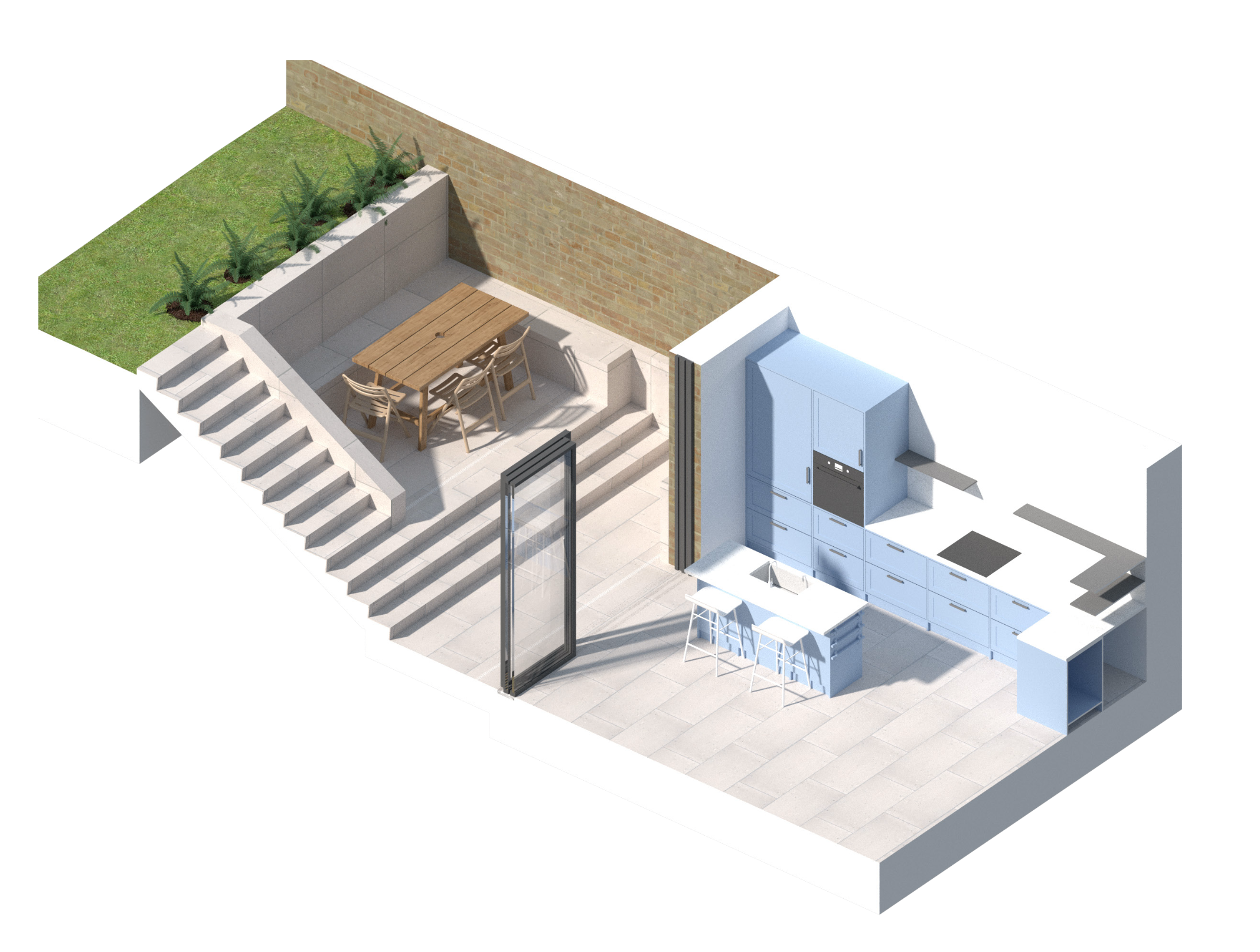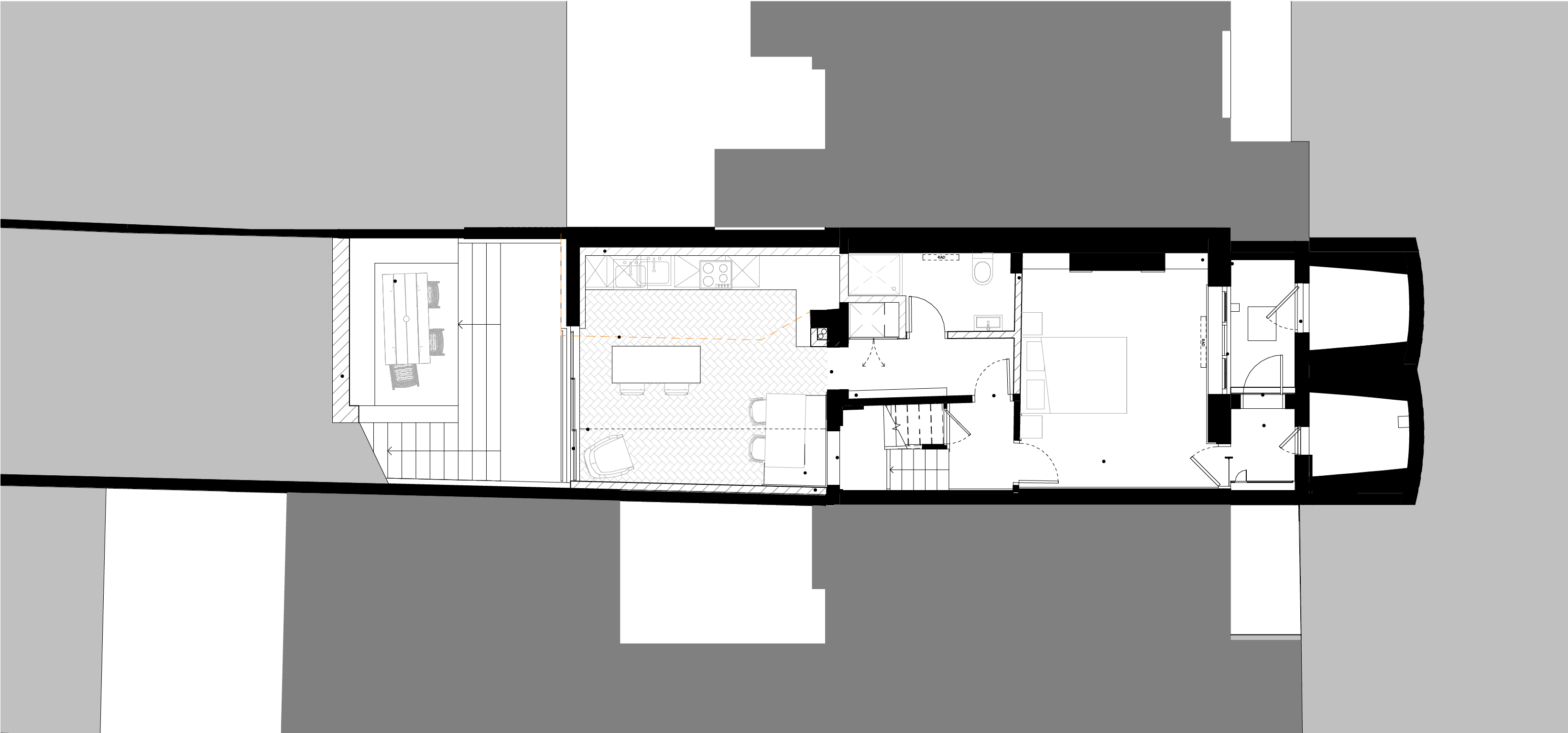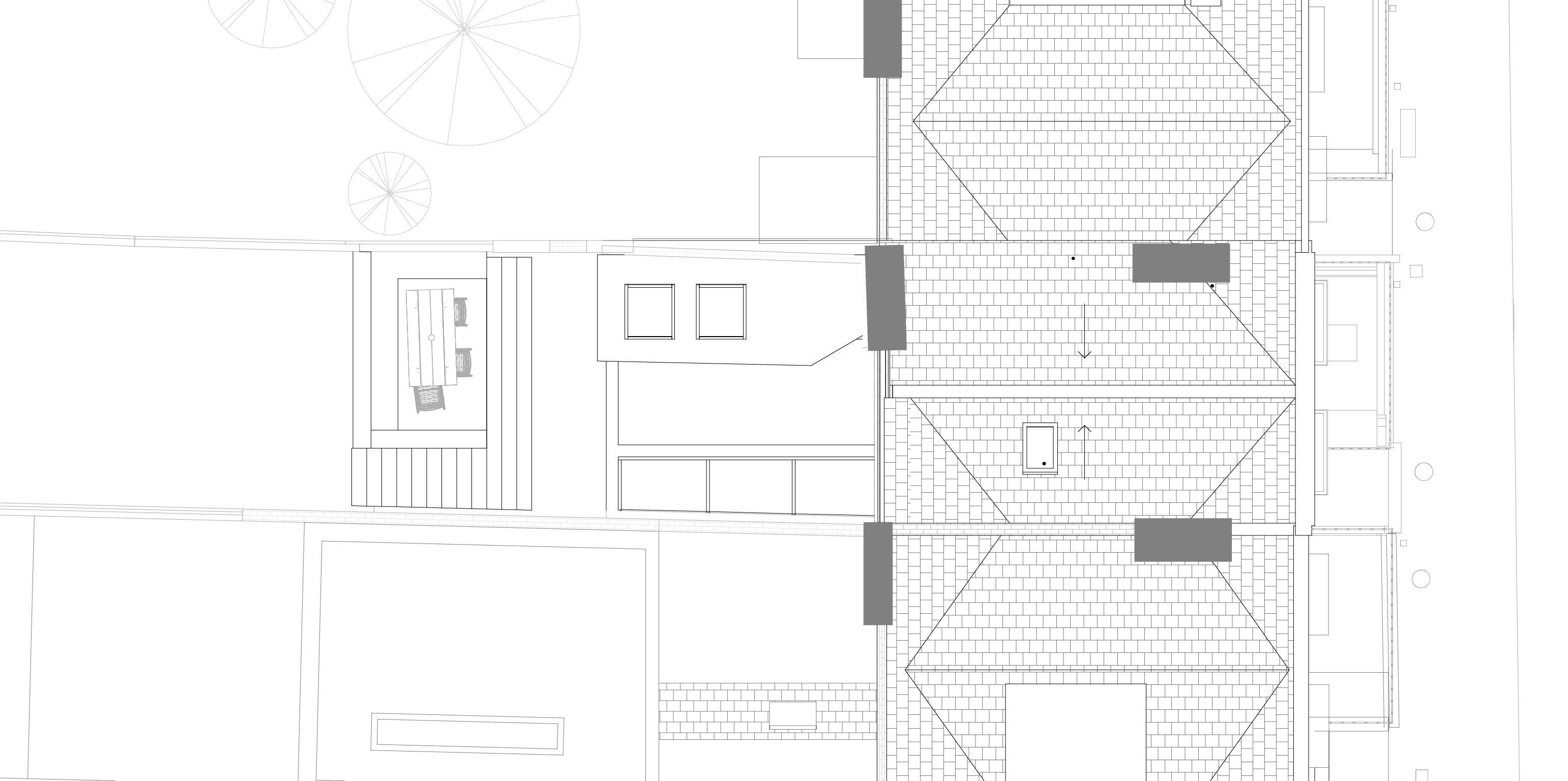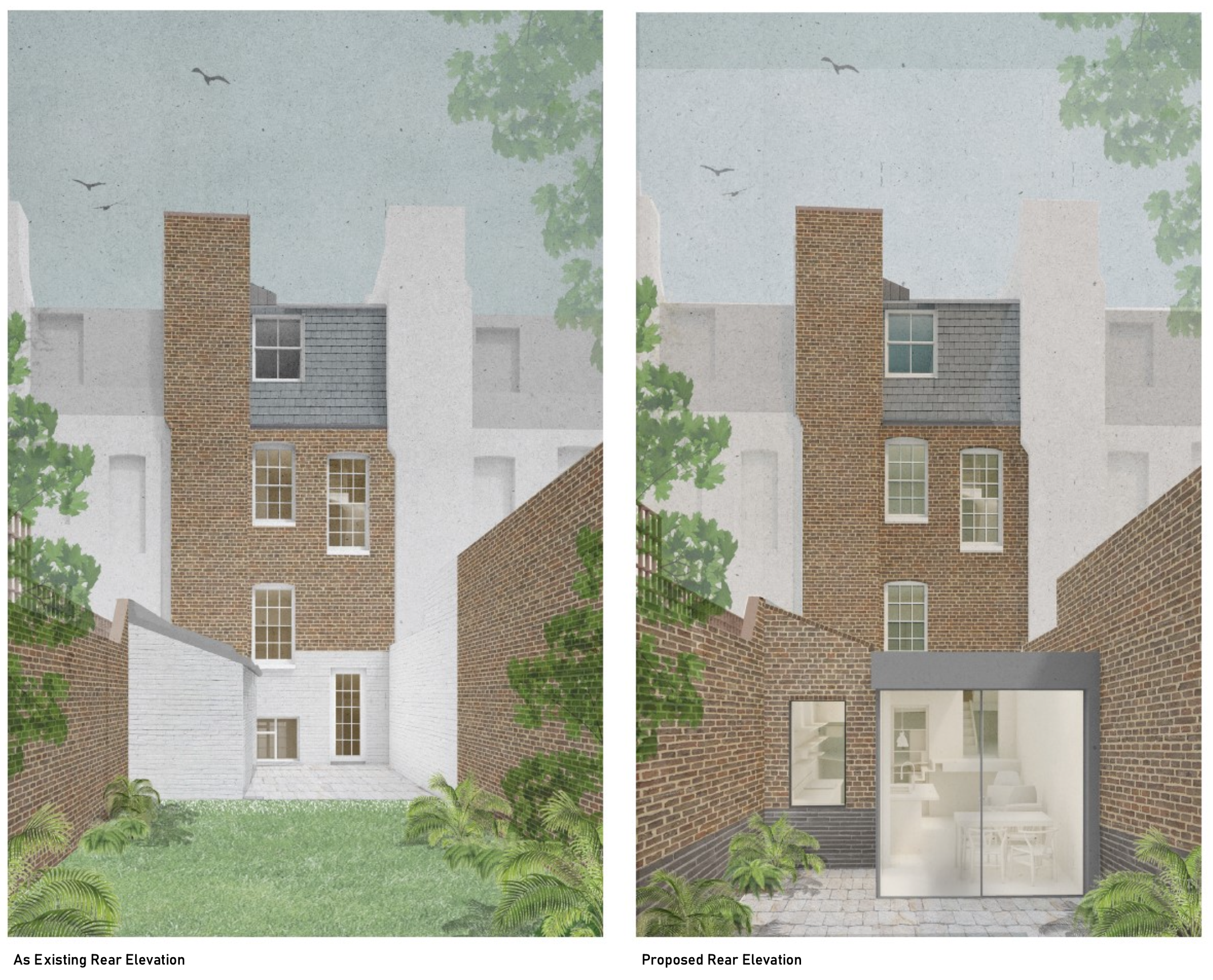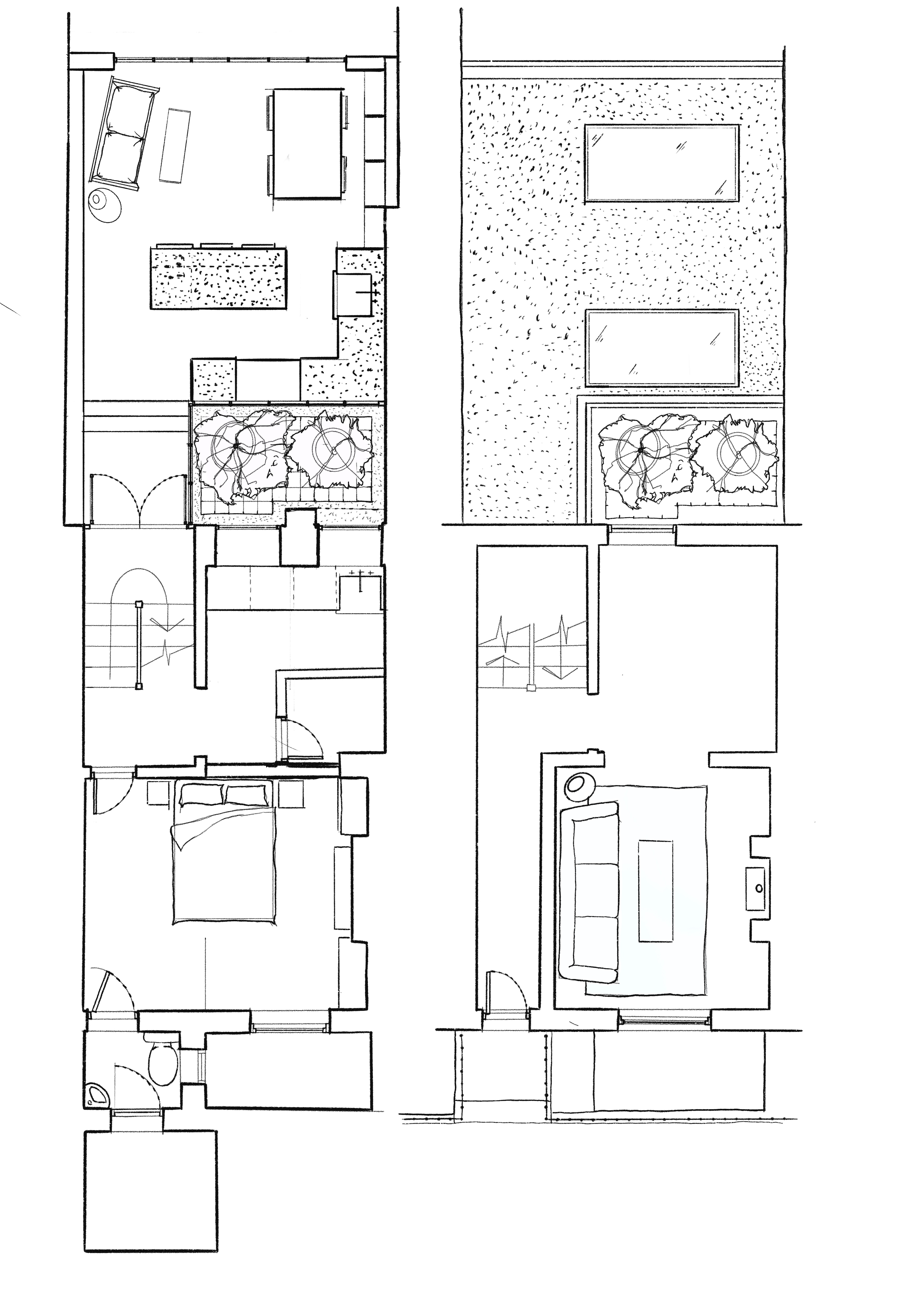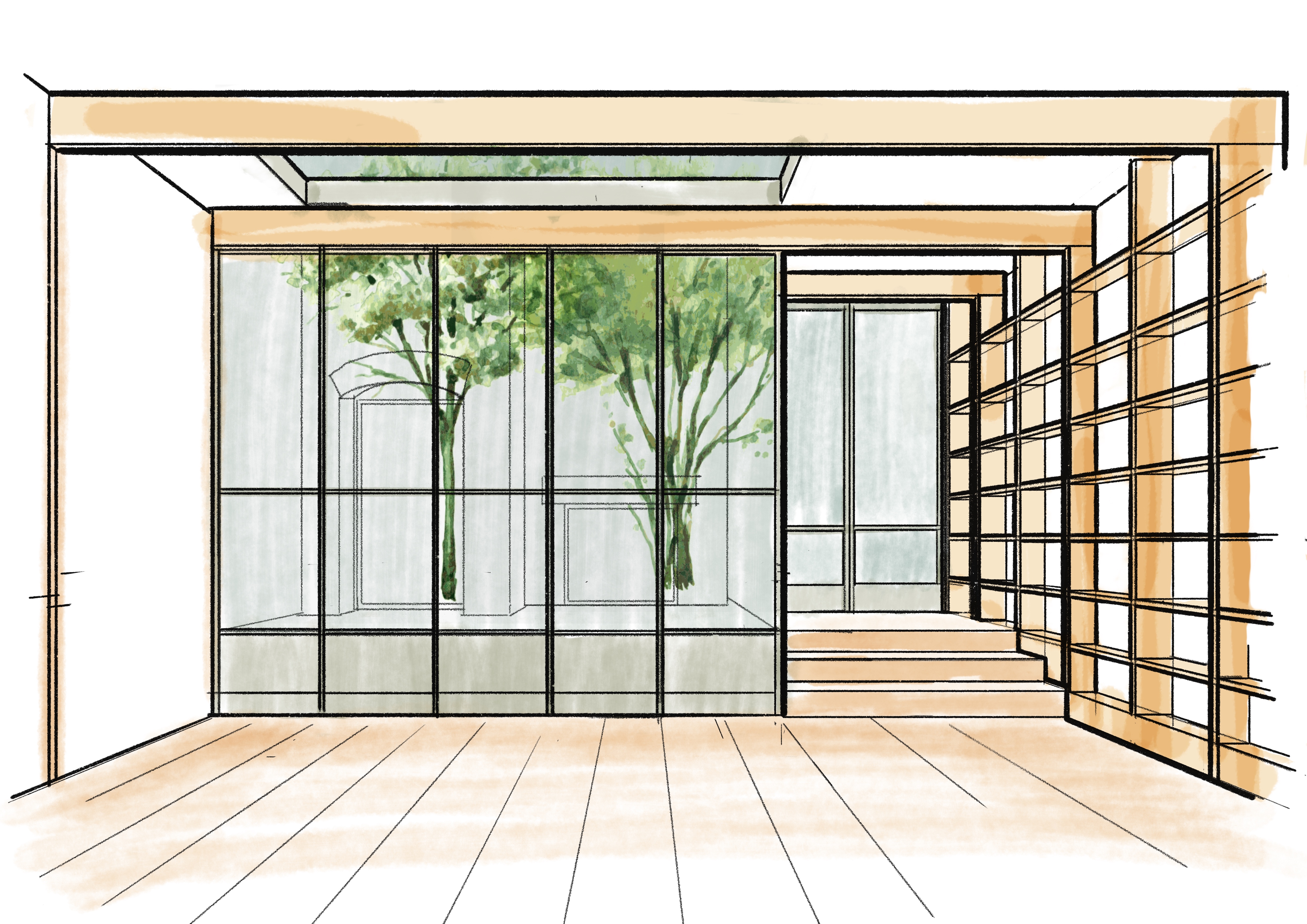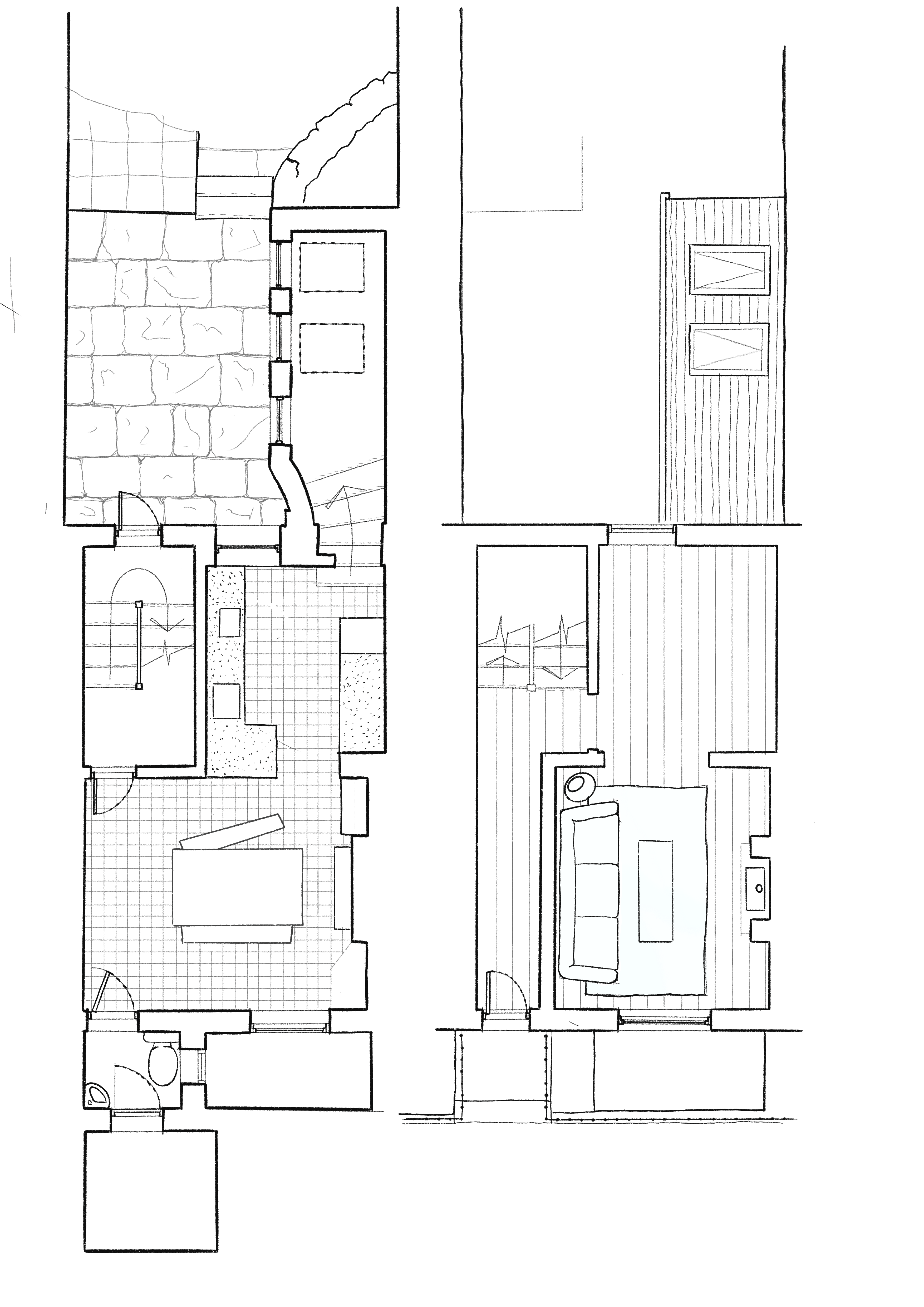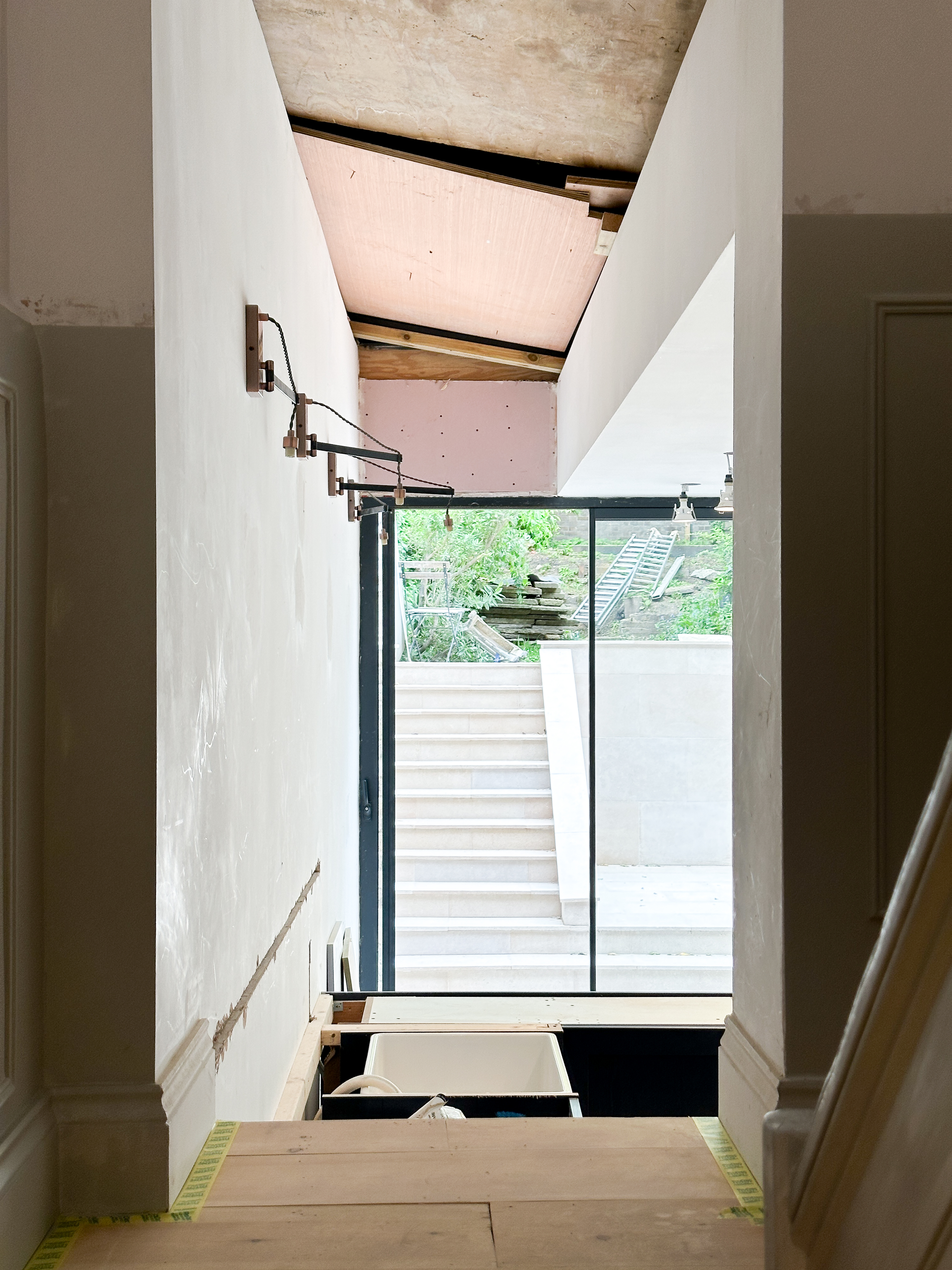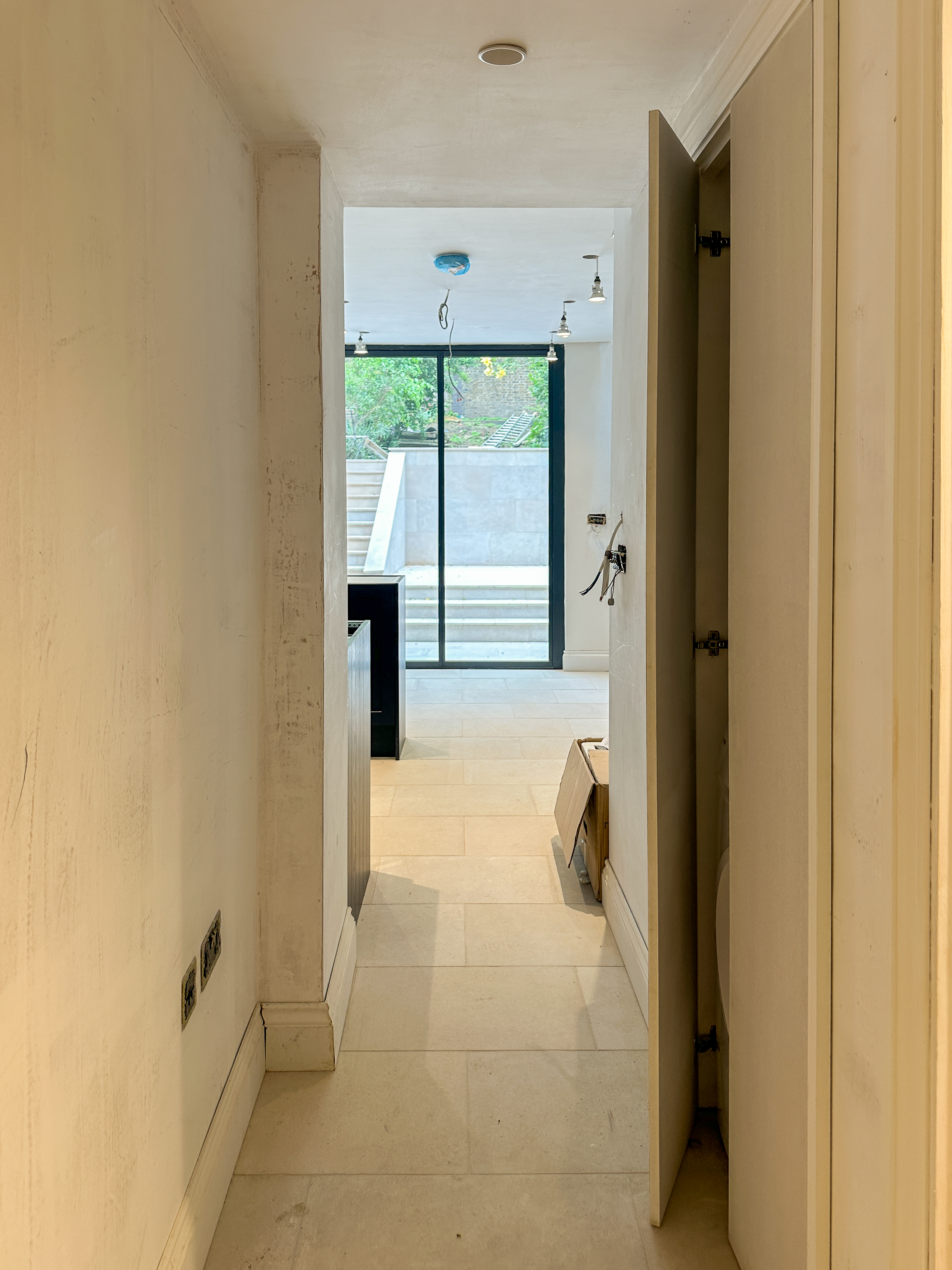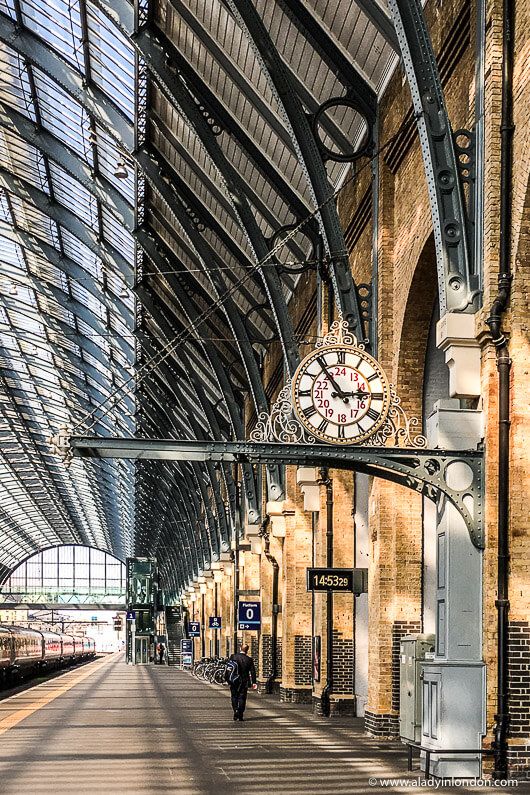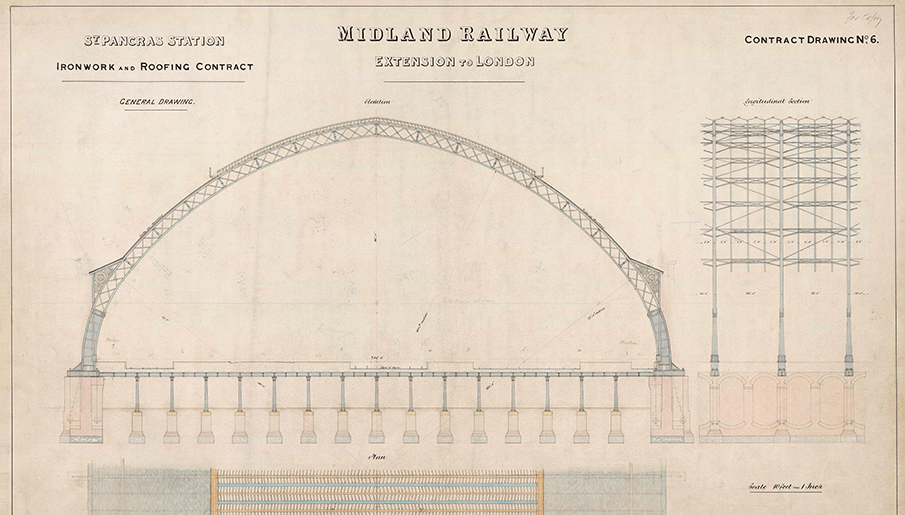Camden Go-Down House.
This Grade II listed townhouse in Camden Town is refurbished, reconfigured, and extended with a design that draws inspiration from Victorian architecture, engineering, and the nearby railway heritage connecting London to the north of England and beyond. The scheme carefully integrates new interventions with the historic fabric, in response to the building’s character and conservation requirements.
At the lower ground floor, a new extension reconnects the kitchen and dining areas with the rest of the house, while a series of stepped terraces provide a direct relationship to the garden. These considered additions not only respect the building’s heritage but also reanimate its original intent as a family home. The result is a sensitive yet contemporary transformation that breathes new life into the property, allowing it to serve the needs of a busy modern family while honouring its history.
Status: Complete 2024
Client: Private
Location: Camden, London
Structural Engineer: Foster Structures
Conservation & Heritage Lead: Built Works
Contractor: Rimi Renovations
The material palette for this Grade II listed townhouse was carefully considered to respect the historic fabric while introducing robust, contemporary interventions. The new extension is clad in black zinc, a material chosen for its durability, craftsmanship, and visual resonance with the area’s industrial heritage. Internally, the structure is expressed through Douglas fir joists and primary glulam beams, deliberately avoiding the use of steel. By respecting the proportions of the existing openings in the listed building, no additional structural steel was required. Despite reduced level excavation, the design minimised the use of concrete, reducing embodied carbon while achieving the necessary stability. Brickwork salvaged on site was reused to repair and extend the existing outrigger, reinforcing the continuity of the house’s character. For the garden terraces, Portland stone was specified, continuing into the interior to create a seamless transition. These material decisions embody a sustainable, conservation-led approach rooted in craft and integrity.
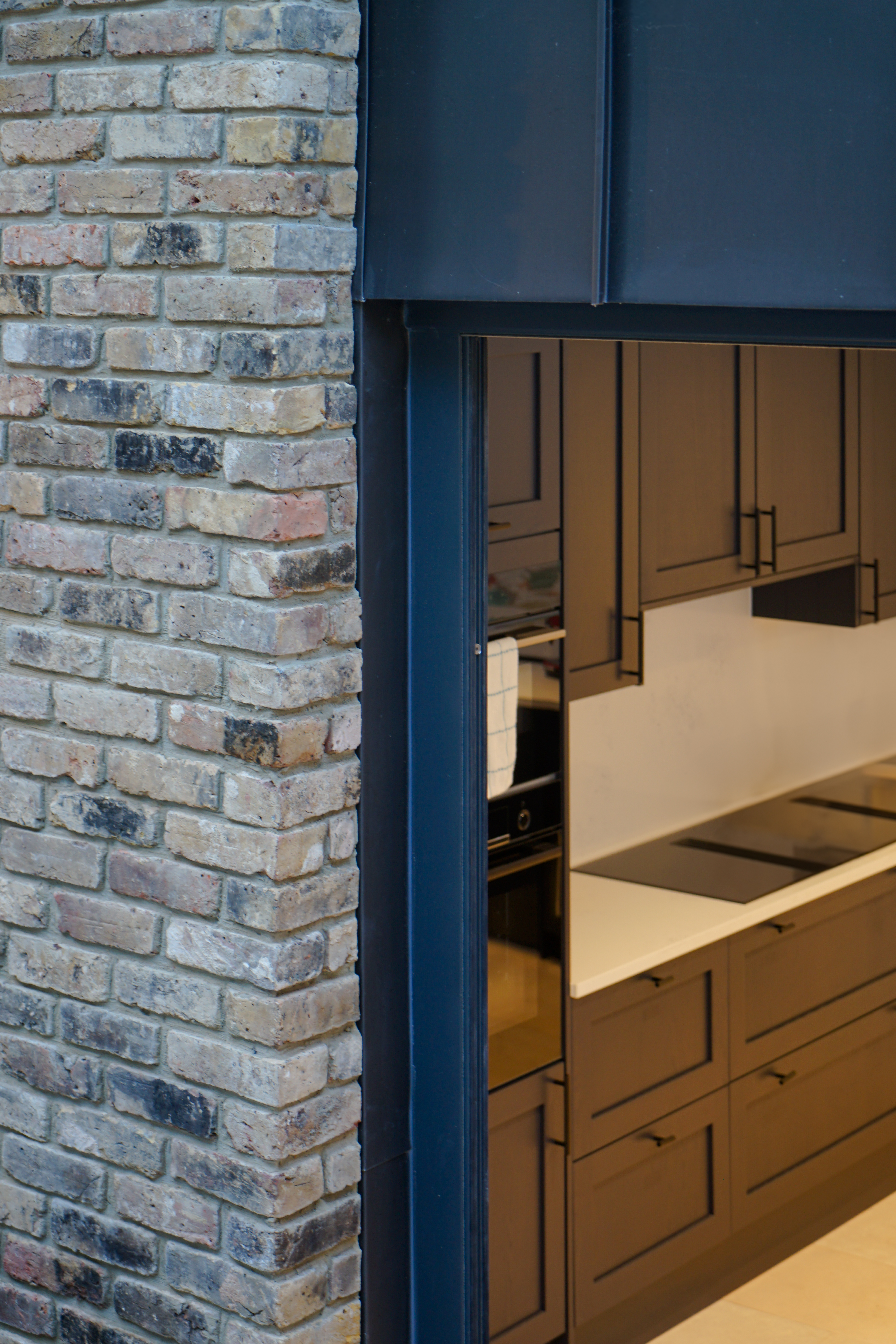

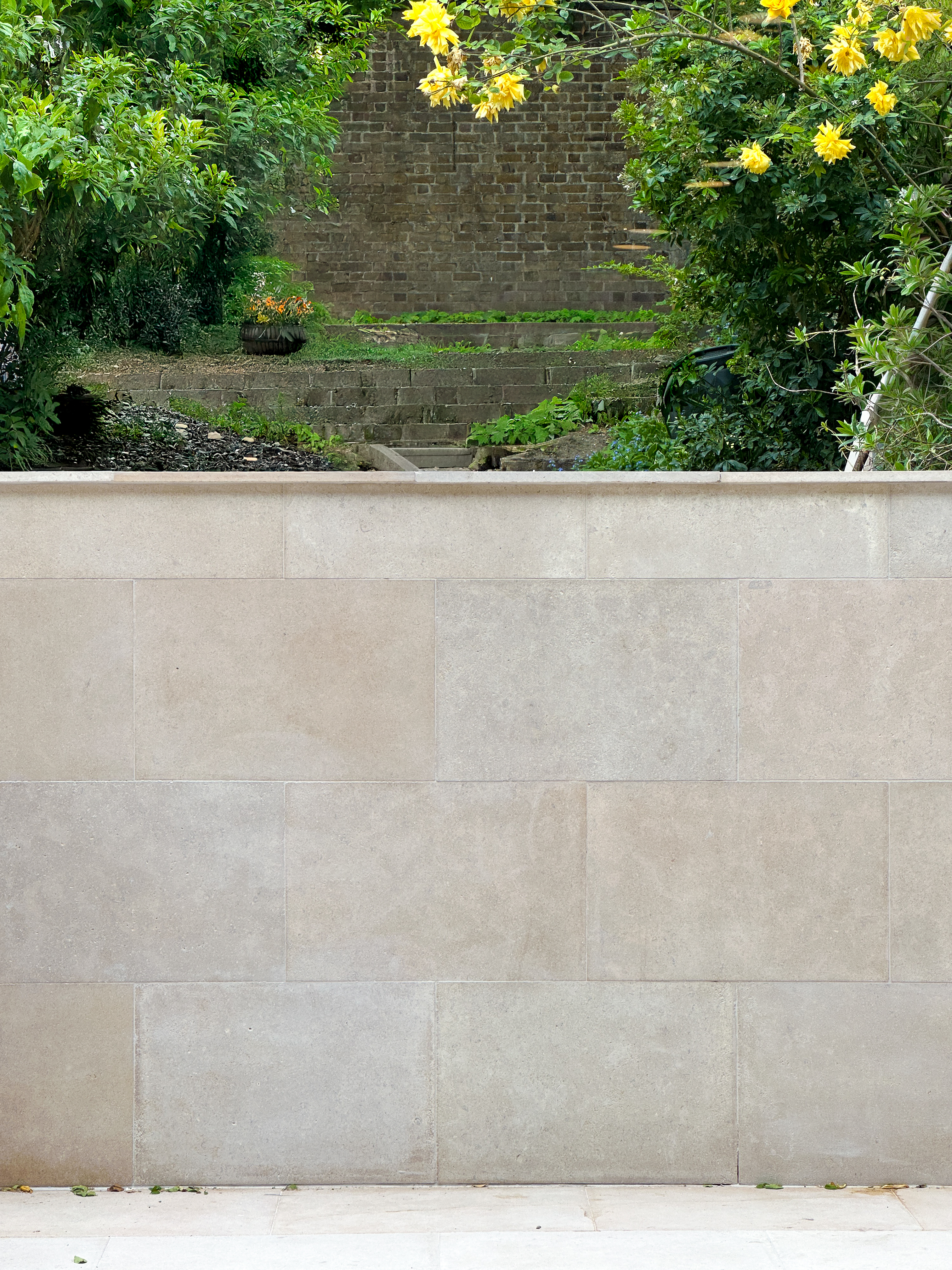
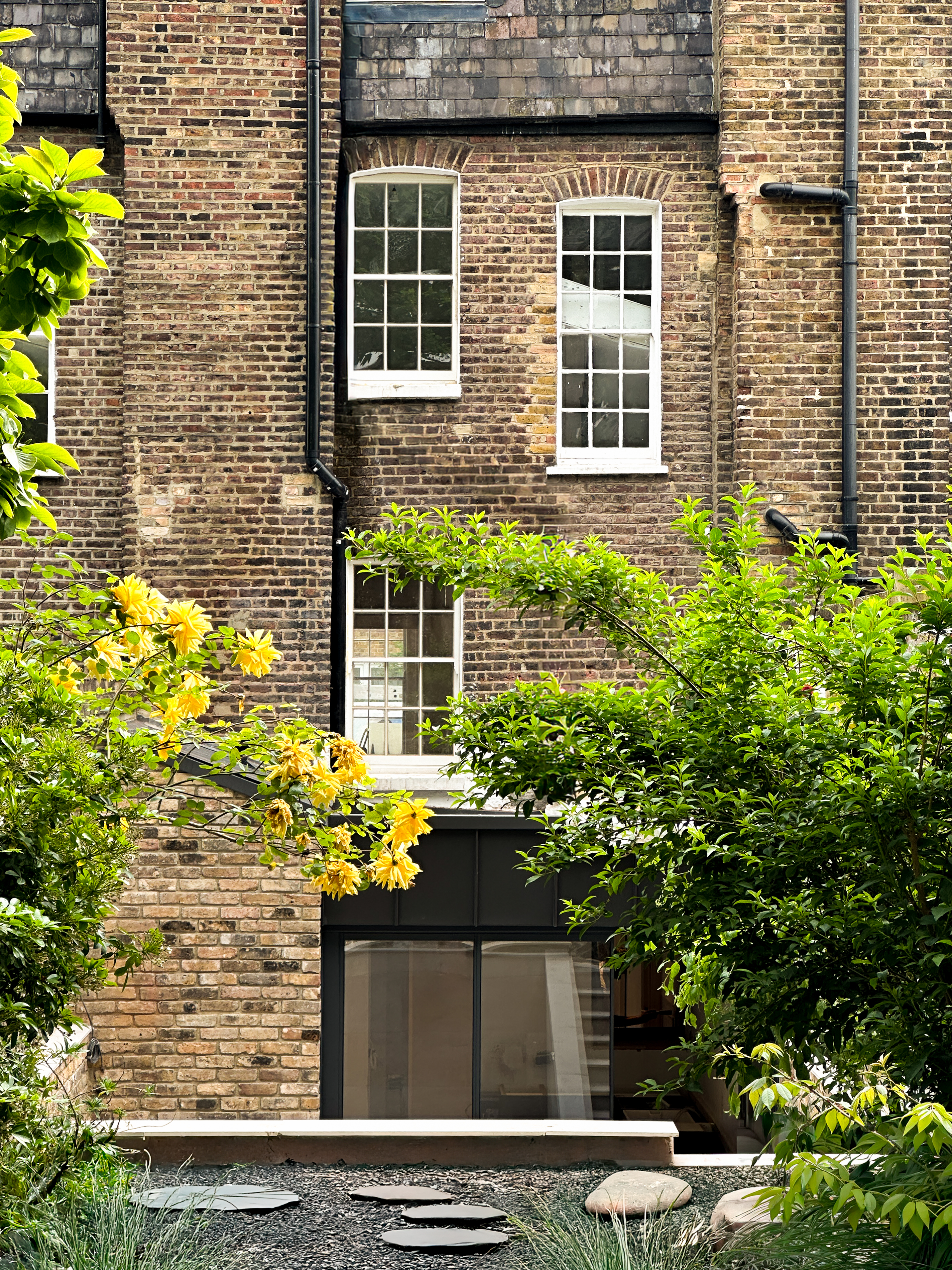
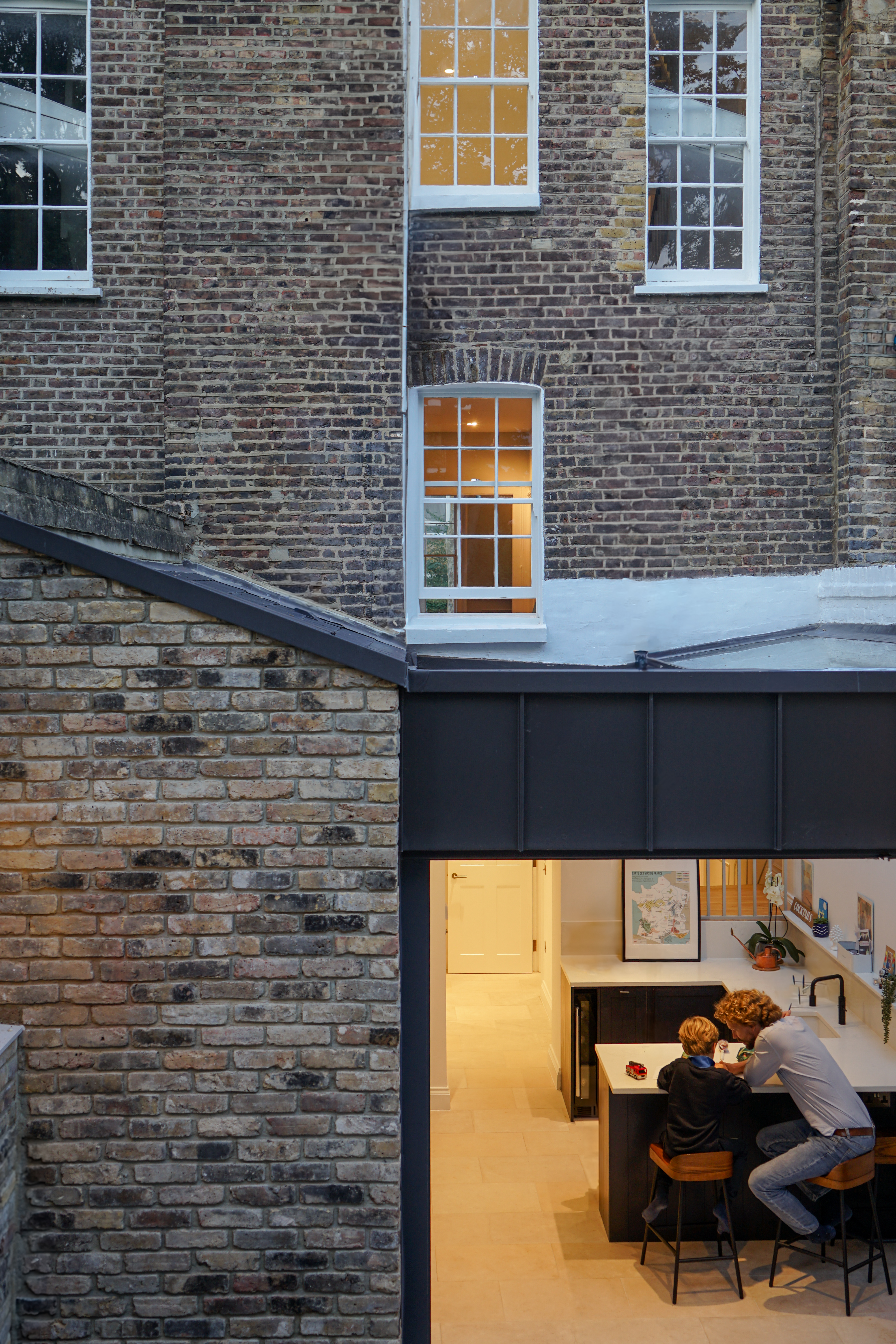

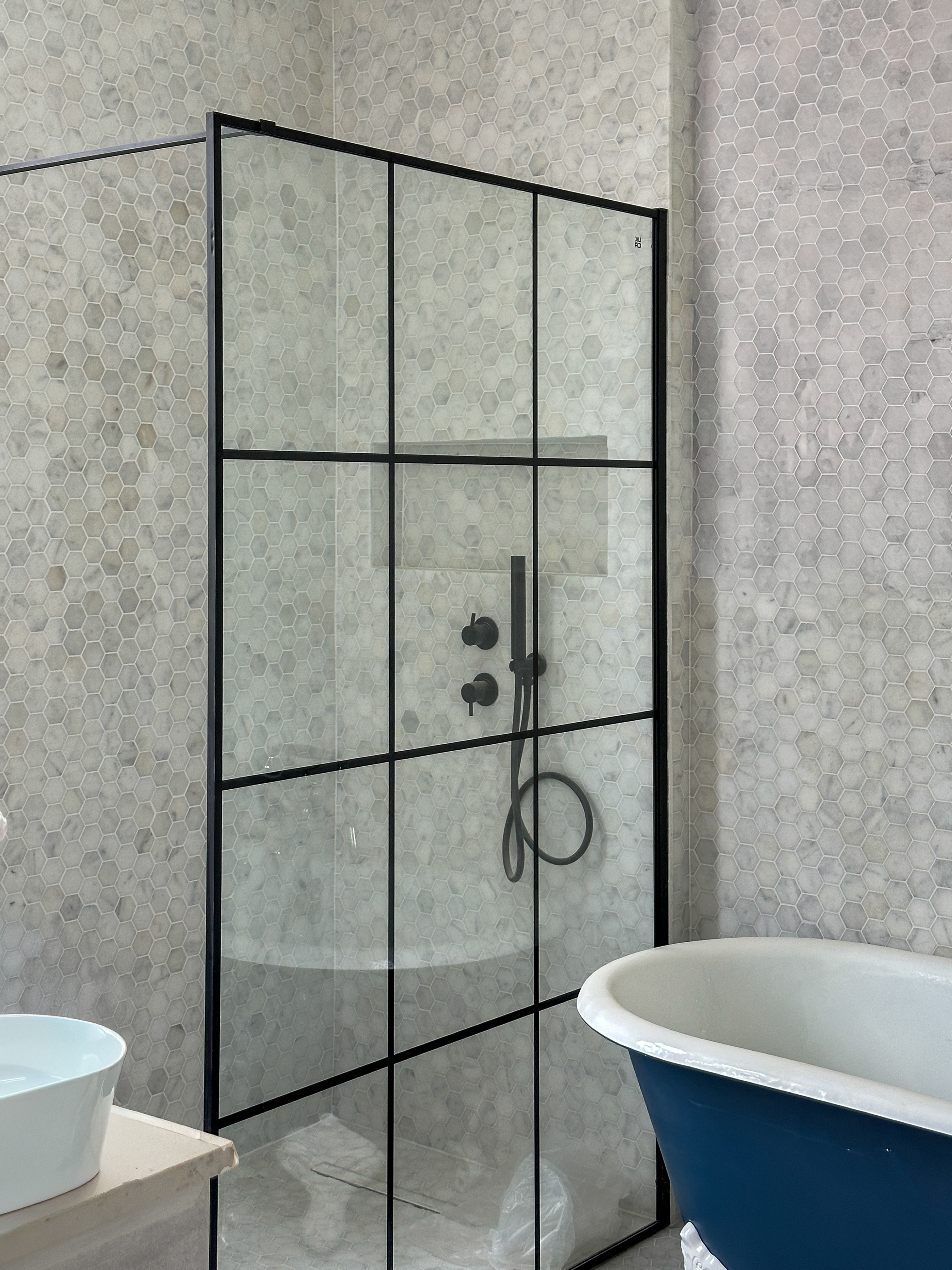


Drawings.
